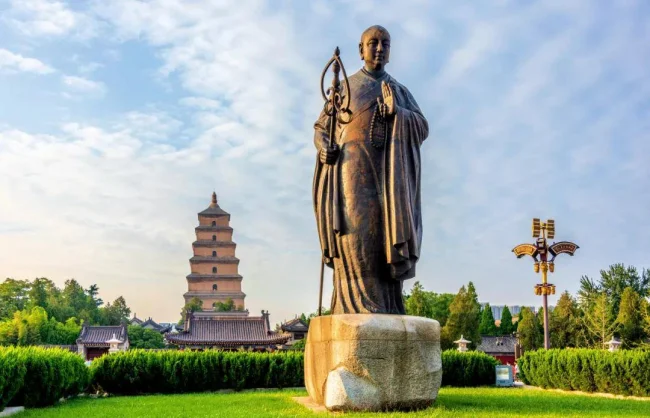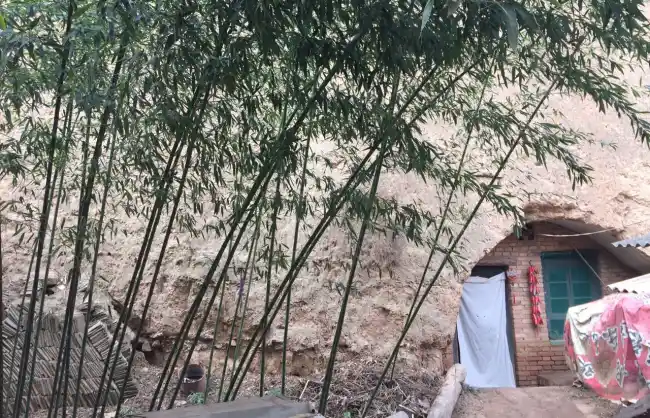Lishan Mountain in Xian – A Scenic Mountain with Many Historic Sites
The Lishan Mountain (or Mount Li) is a branch of the Qinling Mountain Ranges. Rising more than 1,300 meters above sea level it towers high on the eastern part of the Guanzhong Plain. If you take a look at it from down below, the mountain, fully grown with green pines and junipers, looks very much like a dark green steed. The character “Li” here means the black horse in Chinese, hence the name of the mountain “Lishan”. Lishan has been designated as one of the first batch of nationally important scenic attractions by the state.
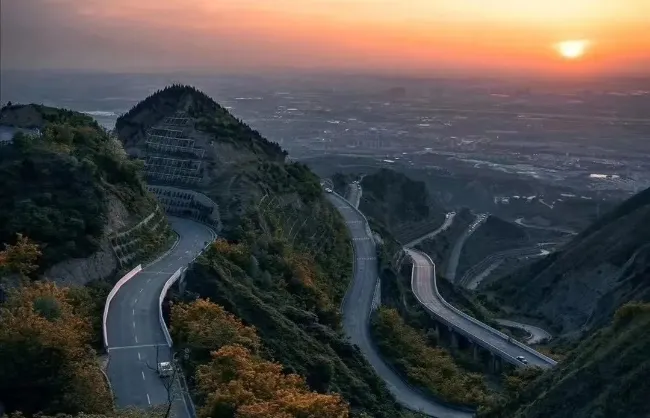
Overview of Lishan Mountain
Boasting numerous cultural relics and natural landscapes, Mount Li once served as a royal garden for several dynasties, spanning the Zhou, Qin, Han, and Tang dynasties. It has witnessed the rise and down of many dynasties and the historical progress of the nation. The mountain was the place where King You of the Western Zhou period once lit up the beacon fires to please his favorite concubine, Bao Si.
The Mausoleum of the First Emperor of the Qin Dynasty was erected at the foot of Lishan Mountain, leaving behind the renowned Terracotta Army. Emperor Xuanzong of the Tang Dynasty and Yang Guifei’s love story happened at the Huaqing Hot Spring at the mountain foot. The infamous “Xi’an Incident” in China’s modern history also unfolded on Lishan Mountain.
If you are not in a hurry, it’s recommended to make a visit to Mount Li after your Xi’an tours to Terracotta Warriors and Horses and the Huaqing Palace.
Fact Facts of Lishan Mountain
- Location: 3 Huancheng East Road, Lintong District, Xi’an City.
- Altitude: 1302 m
- Opening hours: 7:00-19:00
- Ticket price: CNY 70 per person (Mar. – Nov.); CNY 45 per person (Dec. – Feb.)
- Time needed: 2-3 hours
- Highlights: historic sites and natural scenery
- Recommended for: Nature lovers and history enthusiasts
Highlights on Lishan Mountain
Beacon Tower (烽火台)
The “Beacon Tower” is the highest point of Lishan Mountain and also one of the most famous attractions here. In ancient times, the beacon towers are used to transmit wear signals. In the late Western Zhou period, King You once lit up the beacon tower on the mountain to please Bao Si, this farce finally caused the king to lose his kingdom.
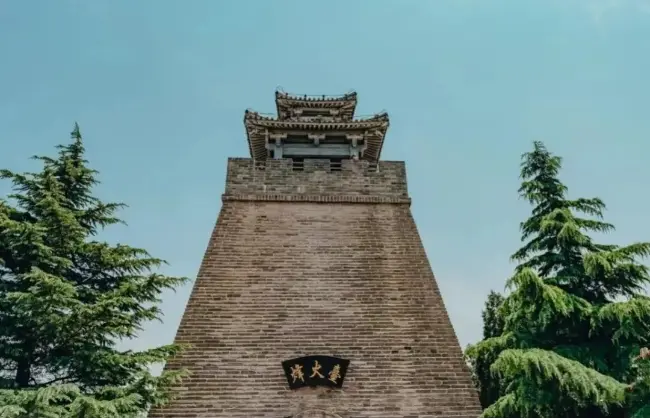
Bingjian Pavilion (兵谏亭)
The Bingjian Pavilion is an ancient building located at the summit of Lishan Mountain. This is a spot where Zhang Xueliang detained Chiang Kai-shek during the Xi’an Incident, a crucial event in modern Chinese history.
Eastern mausoleum of Qin Dynasty (秦东陵)
In February 1986, the ancestral tomb of the first Qin emperor was discovered in Fanjia Village, Han Yu Township, located near the western foot of Lishan Mountain. It has been identified as the eastern tomb of the Qin Dynasty and the tomb of Qin Shi Huang’s predecessors, who were kings and queens, following trial excavation.
Laomu Hall (老母殿)
Situated halfway up Mount Li, Laomu Hall is a renovated ancient building that serves as a great location for sightseeing. This temple is dedicated to venerating the Mother of Lishan.
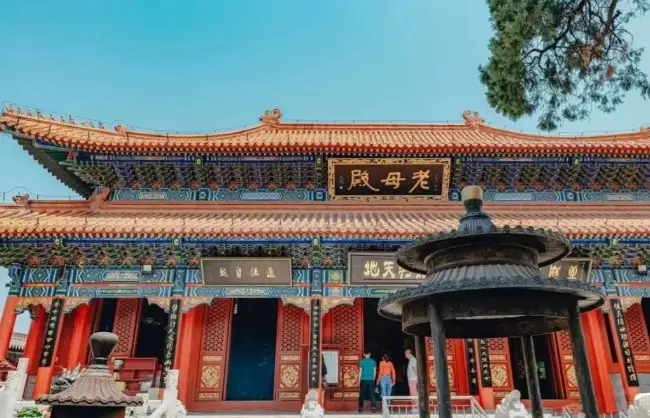
Sunset Pavilion (晚照亭)
Sunset Pavilion on Lishan Mountain is an ancient building offering great sunset views. At dusk, with the evening glow casting a picturesque scene over Lishan, visitors can overlook Huaqing Hot Spring and the entire Lintong area, which is the famous landscape of “Lishan Sunset”.
Renzong Temple (仁宗庙)
Renzong Temple, or Han Terrace Temple, is located at the top of Lishan Mountain at an altitude of 1,302 meters. During the Kangxi period of Qing Dynasty, it got its name because Emperor Kangxi lived on the east and west sides of Renzong Temple. When the observatory was constructed in 1957, the Renzu Temple was scheduled to be destroyed. Thankfully, the locals’ protection prevented its destruction, saving this priceless temple from the Han Dynasty.
Lishan Mountain Landscape
There are unique features to Mount Li’s formation. Only Mount Li ascended between the Weihe and Ba rivers to create a horde during the period when the ancient crust was undergoing many orogenic processes and the entire Weihe Graben was lowering.
Due to the scattered faults, gullies are spread all over, and rivers of all sizes are formed. There are Han Yu River, Zhiyang Valley, Sanli River, Tong River, Linhe, Wind King Valley, Peony ditch, Tiger ditch, Shiweng Valley, slope ditch, black mouth ditch, Long Ditch, Shahe River, Yuchuan River, Xinfeng River, play River… .
In addition to the beauty of the natural landscape, the lush trees and flowers make the Lishan Mountain vibrant.
Attractions nearby Lishan Mountain Scenic Area
- Mausoleum of the First Qin Emperor
- Museum of the Qin Dynasty Terracotta Warriors and Horses
- Huaqing Palace of the Tang Dynasty
How to Get to the Mountain
- Take tourist bus line No. 306 from Xi’an Railway Station and get off at Lishan National Forest Park station, taking about 45 minutes.
- Take buses 915, 914 and get off at Lishan National Forest Park station.
- Or, you can take a taxi from Xi’an city center to the mountain which will cost about CNY 150-180 for a single trip.



